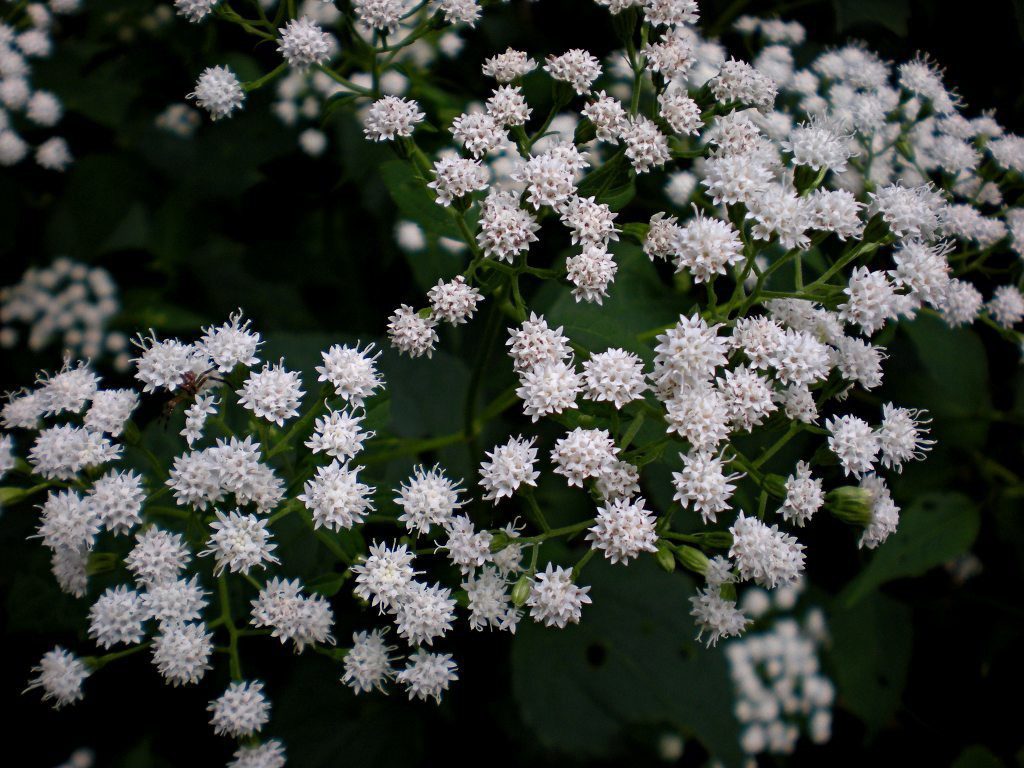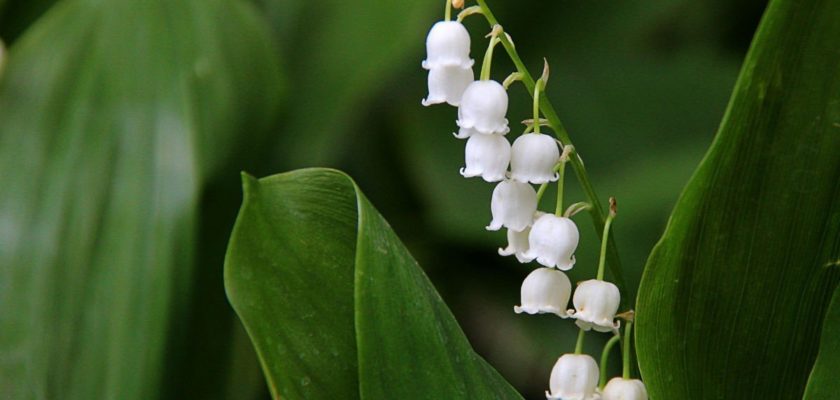When one thinks of danger in the natural world, venomous snakes or predatory animals might spring to mind. Yet, a silent threat often blooms right in our backyards. The flora that we admire for its beauty holds secrets that can threaten life itself. Poisonous plants possess the ability to inflict harm upon contact or ingestion, with toxins potent enough to disrupt the human body’s complex systems. Recognizing these threats requires knowledge of both their alluring façades and the signs they bear, signaling their hazardous nature. Armed with this knowledge, let us embark on an exploration of the 7 Most Poisonous Plants in the World—a journey into the heart of nature’s toxic garden.
Lily of the Valley
This is actually a very pretty plant with lovely white flowers to enjoy looking at. Don’t be fooled by appearances though – this is a very dangerous and toxic plant to humans. Common in Europe and North America, it is found usually in woodland areas where it grows naturally. This plant contains a huge 38 different poisonous cardiac glycosides. Chief among these is convallatoxin which gives a similar effect to the poison found within a Foxglove for example. Experts have found that all parts of this plant are bad for you, from the berries to the root.
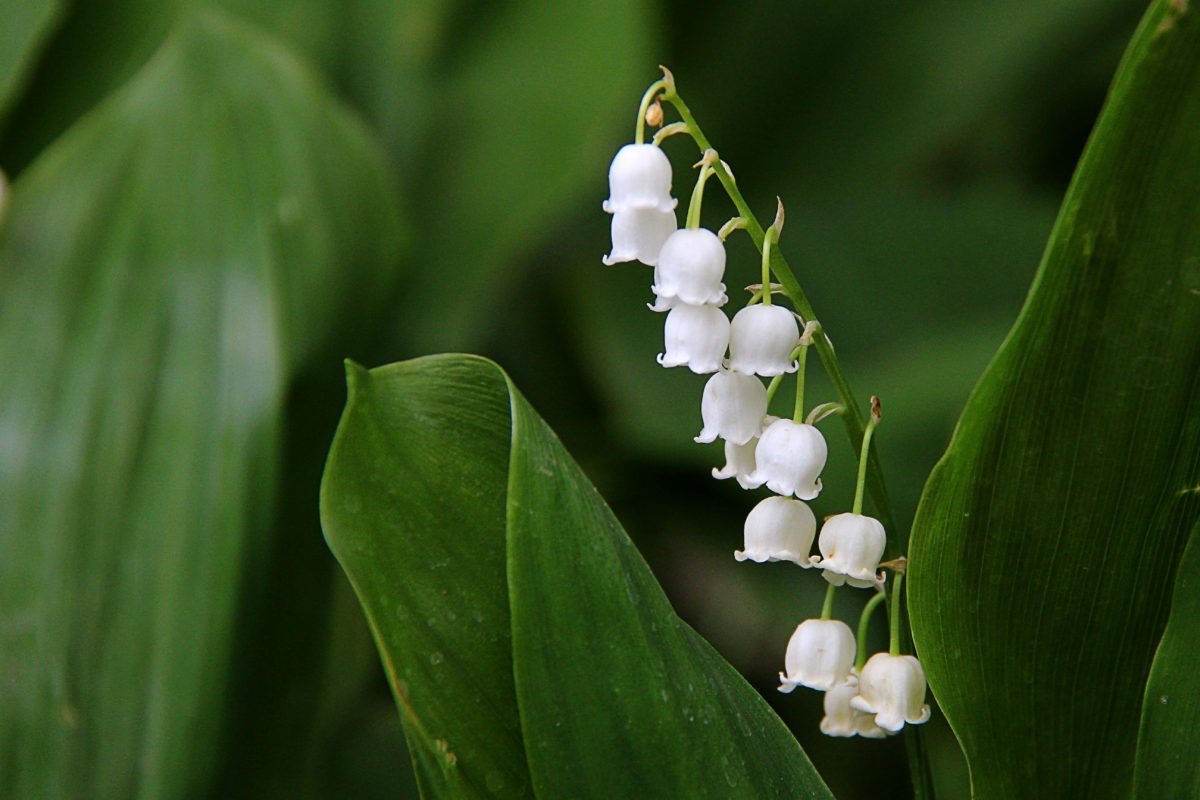
Manchineel
This is widely considered as the most poisonous tree in the world and with good reason. Found in the coastal regions of Florida and South/Central America, the whole of this tree can cause you severe problems. The fruit is known as ‘little apples of death’ as eating one can kill you due to the toxins found within it. However, this is probably not the main issue we face with this tree.
The bark and sap are stuffed full of powerful irritants like phorbol that causes skin to blister painfully if exposed to it. In effect, it is a kind of allergic dermatitis and obviously to be avoided at all costs. It is thought so potent it could strip paint off a car. So you really don’t want that on your skin! One key point to note is that this can happen from rain falling off the leaves onto exposed skin. Don’t make the mistake of sheltering under this tree in a storm!
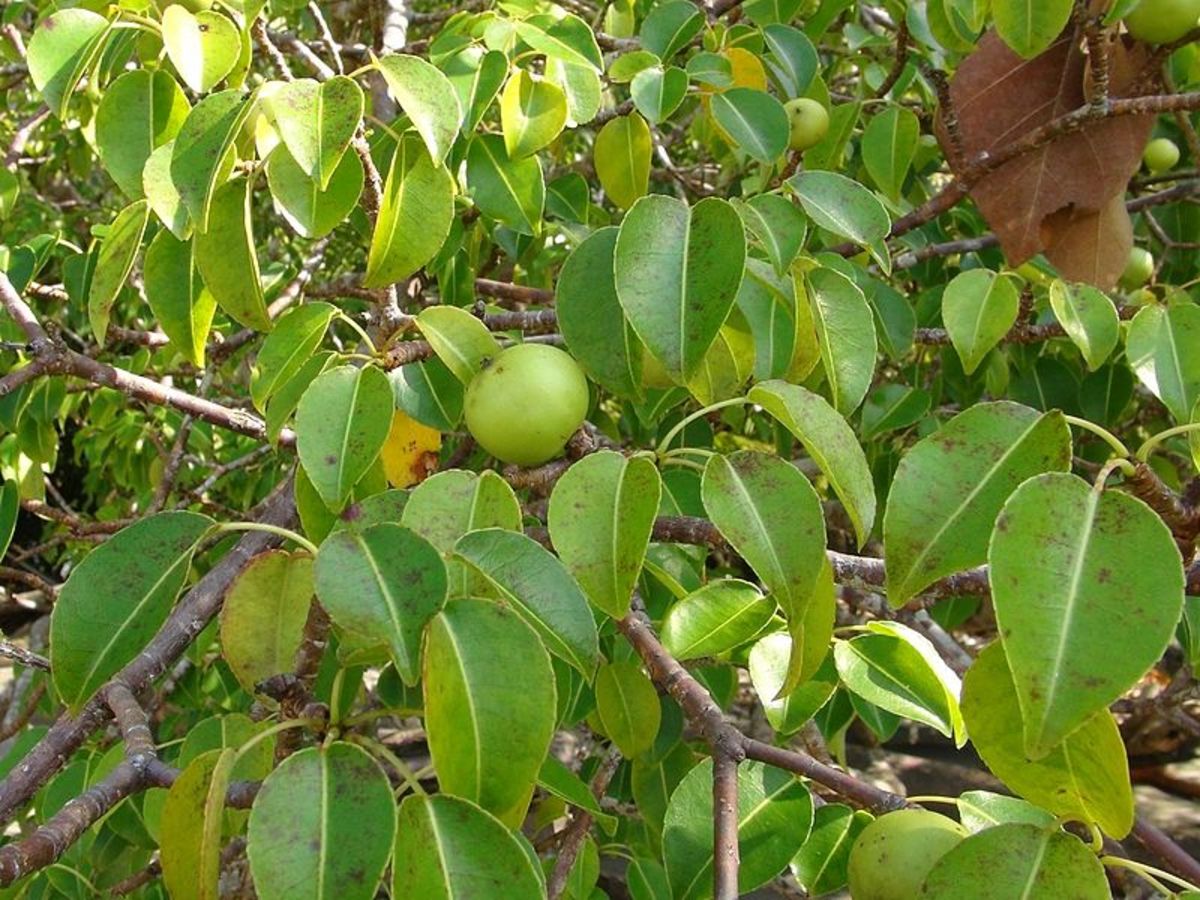
Aconite
Although this is the official name of the plant, many will know it by others such as Wolfsbane or Monk’s Hood. These other name come from either the shape of the flowers or the uses it has had over the years. Wolfsbane for example comes from Greek shepherds tipping their arrows in the plants poison to kill marauding Wolves with.
Found mainly in Europe, it is highly poisonous as the above suggests. Growing to about 6-foot-tall and with purple flowers, the plant contains deadly aconitine. Even touching the plant can produce severe reactions and eating it is fatal.
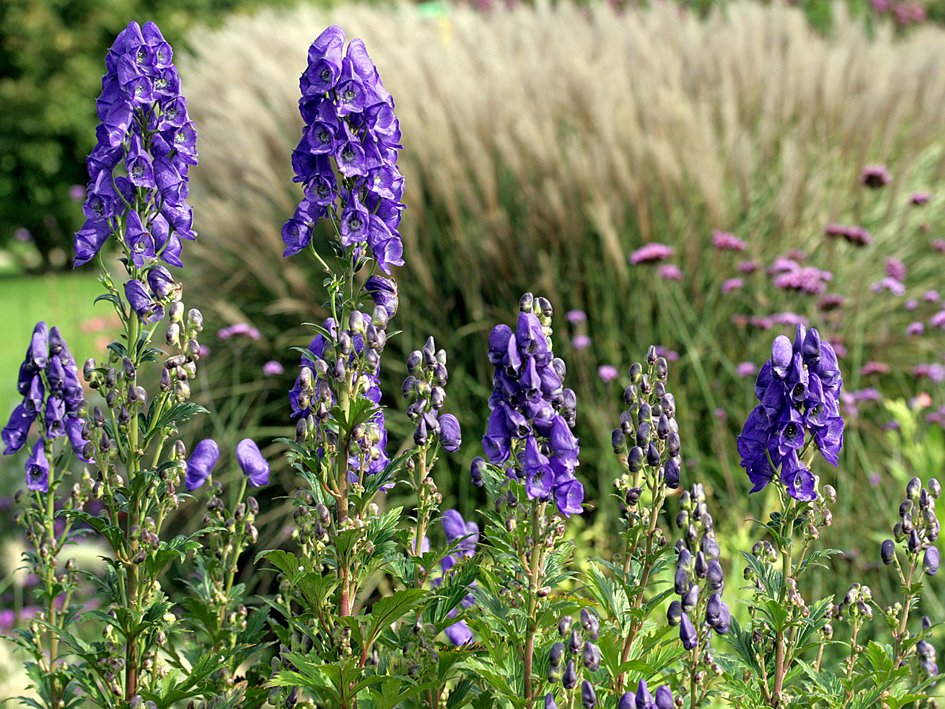
Rosary Pea
Another plant with various names, this is thought to be 100 times stronger than ricin! The name of the toxic substance is abrin and there is no doubt that this is one very potent substance you don’t want to fall foul of!
Popular through the Tropics, it has also spread to Florida although many there consider it a pest. Although poisonous if ingested, the black and red beans have a variety of uses from making rosary beads to filling maracas. Surprisingly enough for a plant so toxic the number of recorded deaths from it are relatively low. This is due to the poison inside the bean being protected by its hard exterior and the abrin absorbing into the body slowly if swallowed.
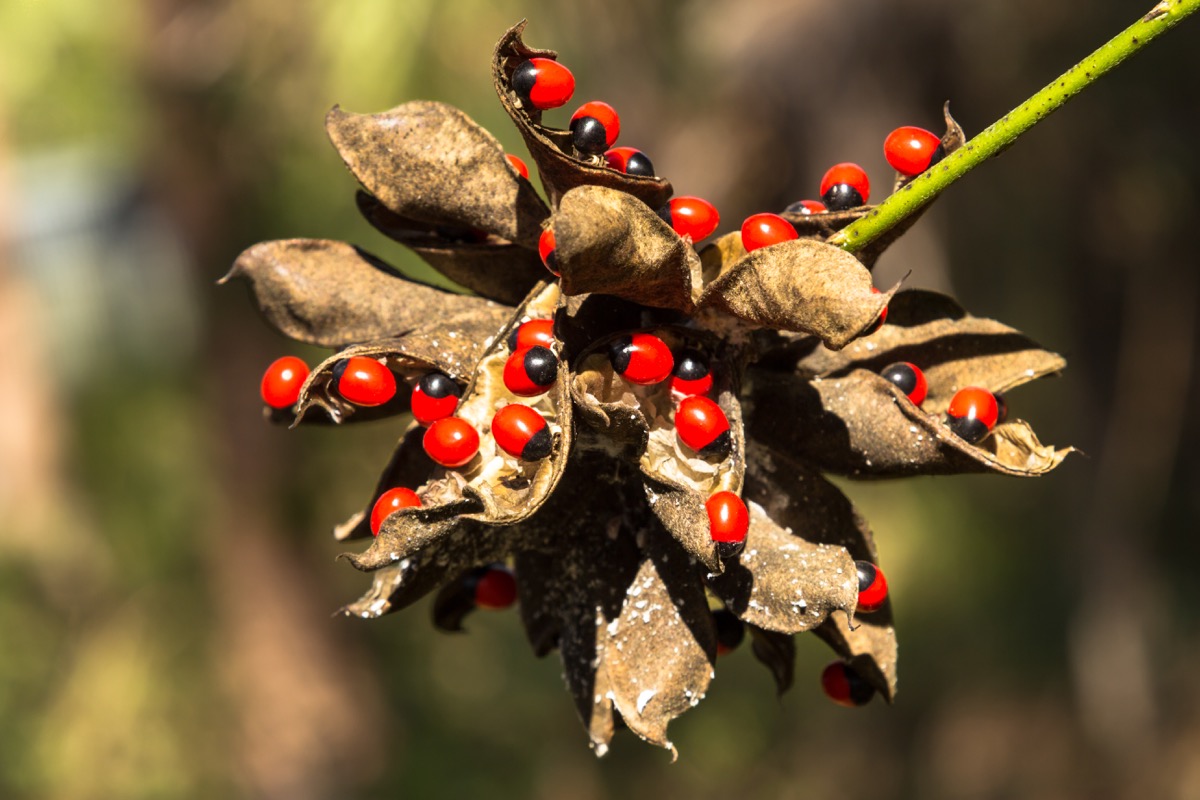
Castor Bean Plant
Generally, this is plant you would not think to be very dangerous as we get castor oil from it which is safe. This oil is produced from the seeds of the Castor Bean plant and is high in many vitamins and minerals. Bizarrely, it is these seeds that also contain highly toxic poison too!
This poison is ricin which is one of the most potent plant toxins on Earth. Stronger than the most powerful snake venom and products such as strychnine, ricin is very bad for you. If eaten a few beans can kill an adult but it is most dangerous if injected or inhaled.
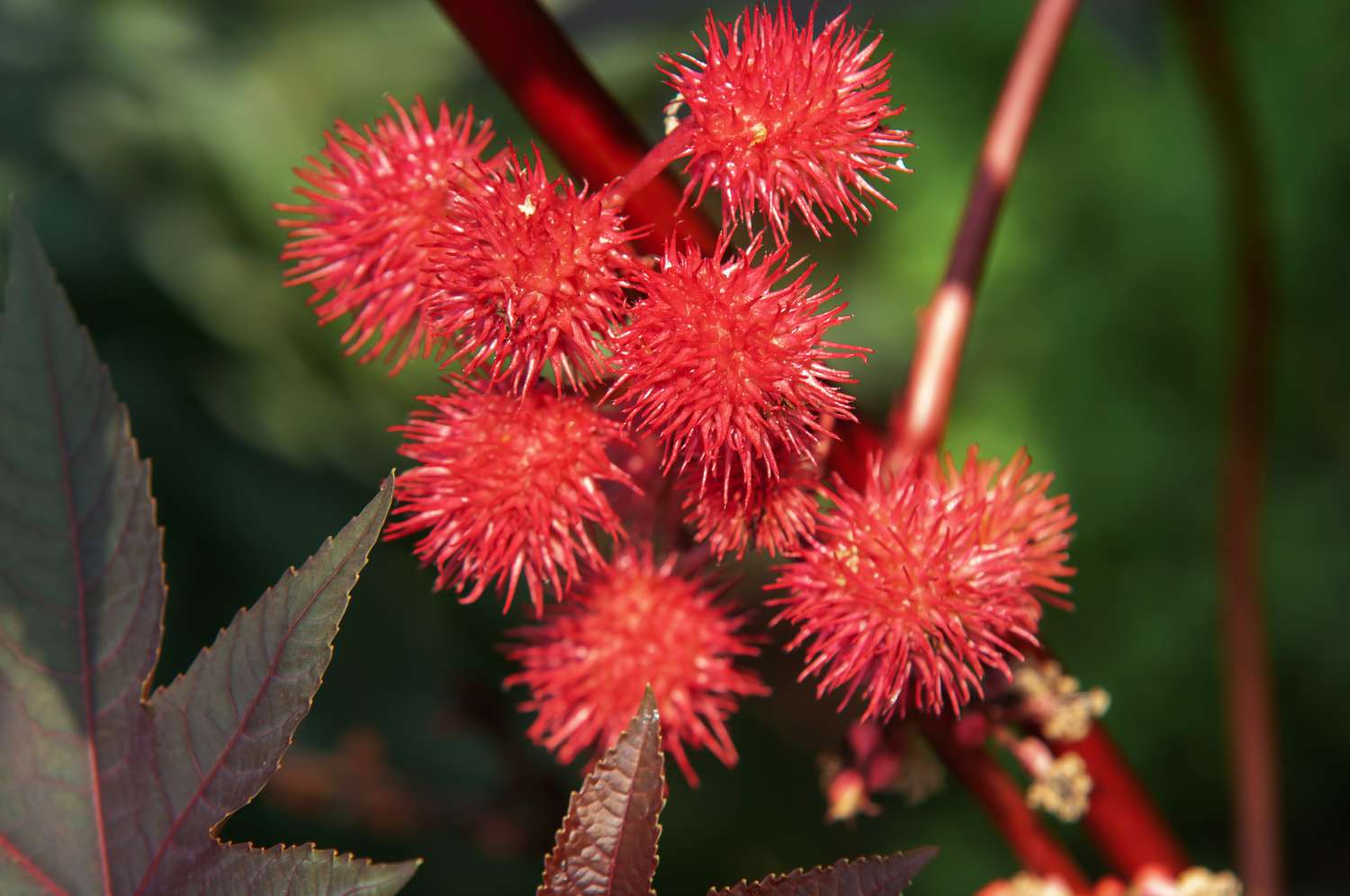
Hemlock
One of the most well-known poisonous plants is this one. This is mainly due to the mention of it in various Classical books and how it was the choice of death for Socrates in 400 B.C.. Although there are a few variations on Hemlock throughout the world, all are fatal to human if eaten. The two main different varieties are Water Hemlock found in North America and Poison Hemlock in Europe.
The active ingredients in Hemlock are coniine, cicutoxin and cicunol. In the case of coniine, which is found in poison Hemlock, this kills from the outside-in. The various limbs slowly become numb as the poison spreads before the major organs such as the lungs and heart succumb.
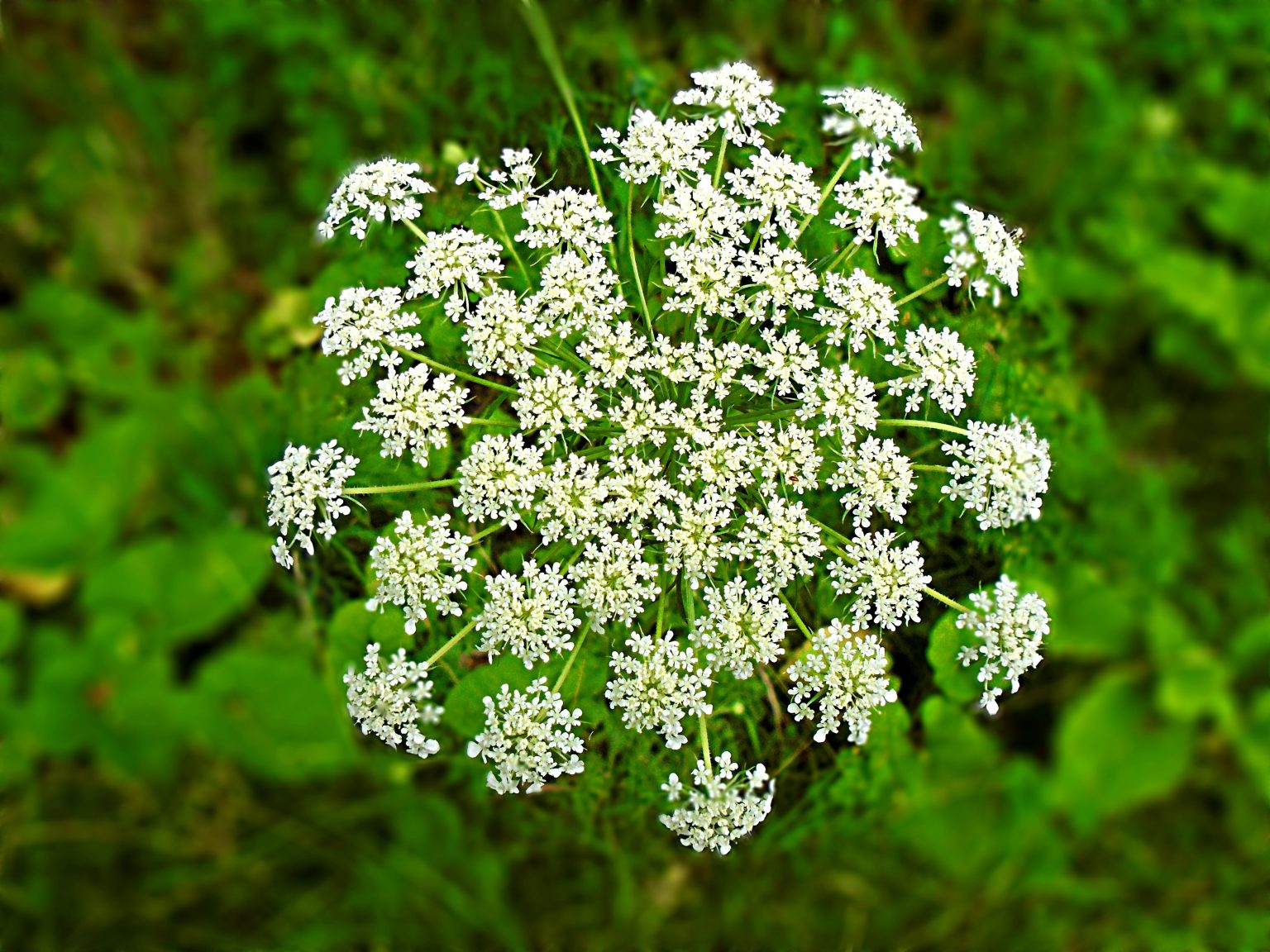
White Snakeroot
Although this can be used as a treatment for snakebite, hence the name, this is another plant to steer clear of if possible. Containing a harmful toxin called tremetol, if you eat this by mistake you will experience tremors, delirium and eventually death. It is thought that settlers in early-America suffered from the effects of this plant a lot as their cows would eat it when grazing and thus the substance would pass into the milk people would drink.
